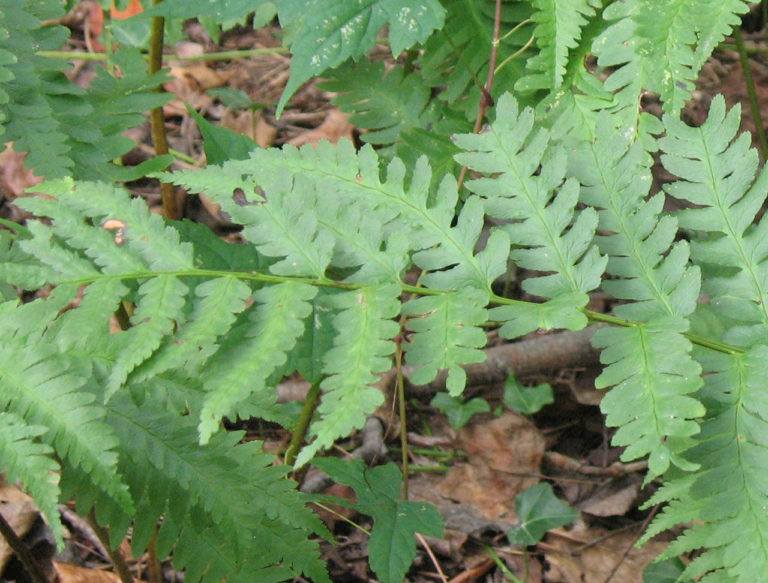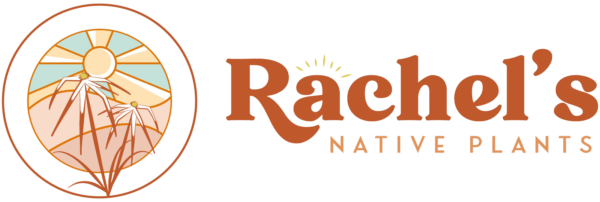Log fern is a fertile, naturally occurring, semi-evergreen hybrid between D. ludoviciana (Southern Shield Fern) and D. goldiana (Goldie’s Wood Fern) with a range in central, eastern and southeastern U.S. Log fern grows rapidly with wide, shiny, deeply cut, dark green fronds and dark stripes along the central rib. The sori, the spore-producing structures, are round and are found in a single row on either side of the midrib of the fertile pinnae. One of Log Fern’s best features is its vigor. Growing to about 4′ (“celsa” means elevated, lofty, erect), Log Fern will thrive in bright shade and prefers soil with high organic matter that is not too dry. It is often seen growing in rotten logs in the woods, hence its common name. In the garden, Log Fern is trouble-free and dependable and contrasts beautifully with its more finely textured neighbors there.
NURSERY HOURS
Wednesday: 10-4 Thursday: 10-6 Friday-Saturday: 10-4 Sunday: 12-4
Dryopteris celsa

Key Info
Scientific Name: Dryopteris celsa (Wm. Palmer) Knowlt., Palmer & Pollard ex Small
Common Names: Log Fern
Family Names: Dryopteridaceae (Wood Fern Family)
Leaf Retention: Semi-evergreen
Bloom Times: n/a
Flower Color: n/a
Additional Info
Habit: Upright, clump-forming fern with shiny, triangular, coarse, dark green fronds; short-rhizomatous.
Height: 3'-4'
Spread: 1'-2'
Soil Conditions: Prefers rich, moist, humusy acidic to circumneutral soils especialy in brighter locations.
Leaves: Leaves are large, coarse, dark green, ovate-lanceolate in shape, 1' wide, pinnately compound, semi-evergreen fronds. They are strongly vertical and taper gracefully to their sharp tips. The petiole is 1/3 of the total length of the frond.
Flowers (or reproductive structures: Log Fern reproduces by spores. The sori, the spore-producing structures, are round and are found in a single row midway between midvein and margin of the fertile pinnae.
Fruit: reproduces via spores
Natural Distribution: Typically found in moist woods and swamps, often found growing in rotten logs; hence the name
USDA Hardiness Zone: 5 to 9
USDA Wetland Indicator Status in NC: OBL (FAC near coast)
Pollination: n/a
Wildlife Connections: Tolerates rabbits, provides cover for toads and lizards, salamanders and other small critters.
Propagation: By division or from spores.
